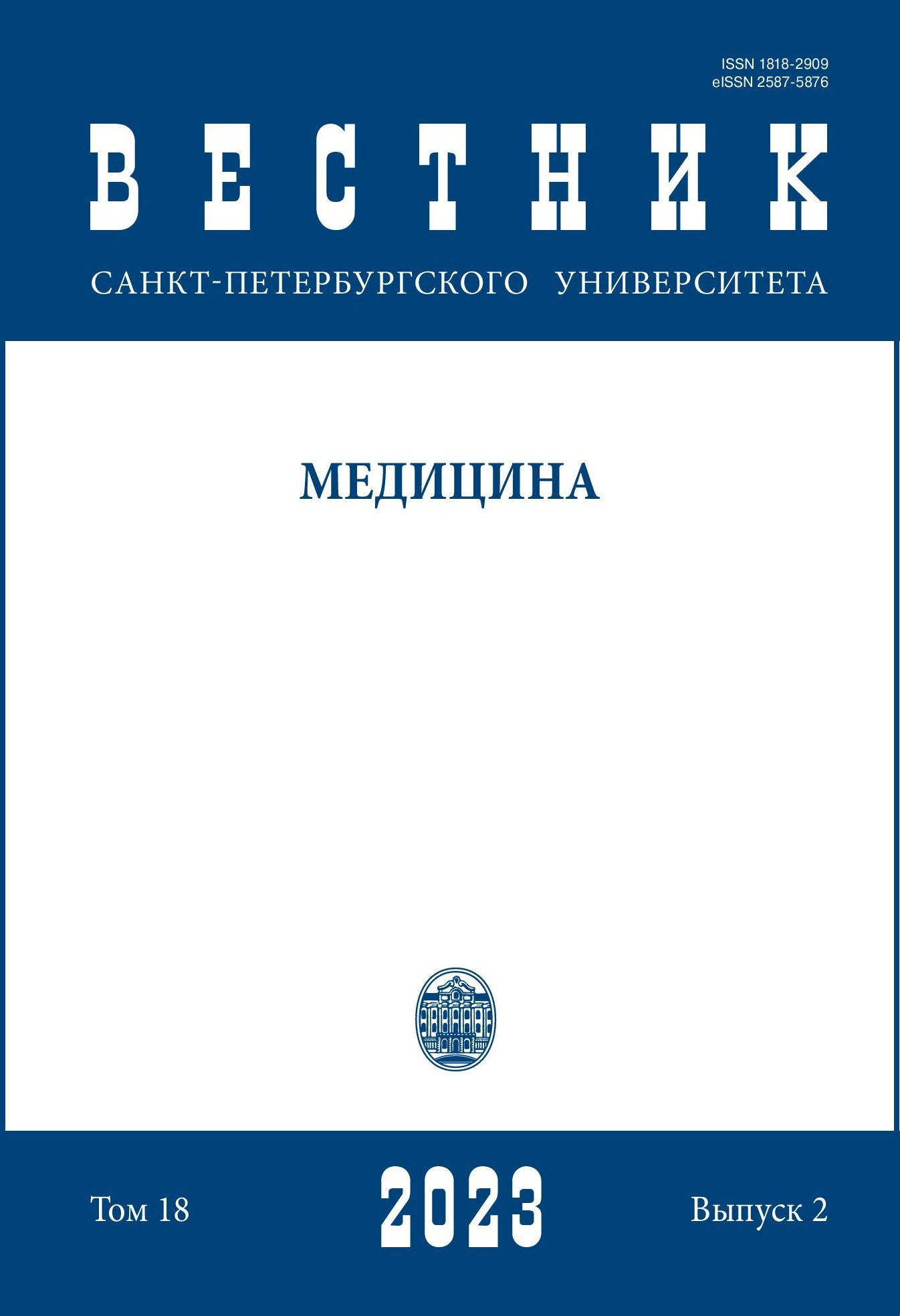Screening assessment of antibacterial activity of Thymus serpyllum L., Thymus marsсhallianus Willd. and Pimpinella anisum L. essential oils against uropathogens, isolated from pregnant women
DOI:
https://doi.org/10.21638/spbu11.2023.205Abstract
Plant essential oils of certain genera and species are important sources of antimicrobial substances.The goal of this study was a screening assessment of antibacterial activity of Thymus serpyllum L., Thymus marsсhallianus Willd. and Pimpinella anisum L. essential oils against opportunistic gram-negative uropathogens. The essential oils were obtained by steam hydrodistillation, and the screening assessment of their antibacterial activity was performed by the disk diffusion method. Two standard species (Pseudomonas aeruginosa ATCC 27853, Escherichia coli ATCC 25922) and 6 clinical strains (1 — P. aeruginosa, 5 — E. coli), isolated from the pregnant women with infections of the urinary passages, were used as the test bacterial cultures. The study determined that T. marsсhallianus Willd. and T. serpyllum L. essential oils possess strong inhibitory action on all test cultures until the absence of the bacterial lawn. P. anisum L. essential oil did not show antibacterial activity against all test strains, no zones of visible bacterial growth inhibition were formed. T. serpyllum L. and T. marsсhallianus Willd. essential oils are promising antibacterial agents against uropathogens of the species P. aeruginosa and E. coli.
Keywords:
plant essential oils, antibacterial activity, uropathogens, P. aeruginosa, E. coli, disk diffusion method
Downloads
References
References
antimicrobial agents — myth or real alternative? Molecules, 2019, vol. 24, no. 11, art. 2130. https://doi.org/10.3390/molecules24112130.
Downloads
Published
How to Cite
Issue
Section
License
Articles of "Vestnik of Saint Petersburg University. Medicine" are open access distributed under the terms of the License Agreement with Saint Petersburg State University, which permits to the authors unrestricted distribution and self-archiving free of charge.




